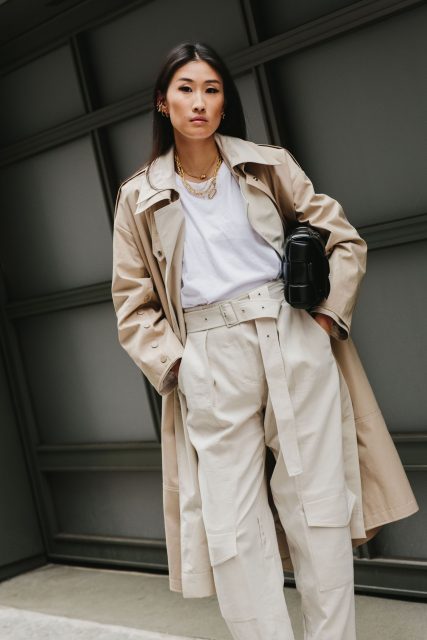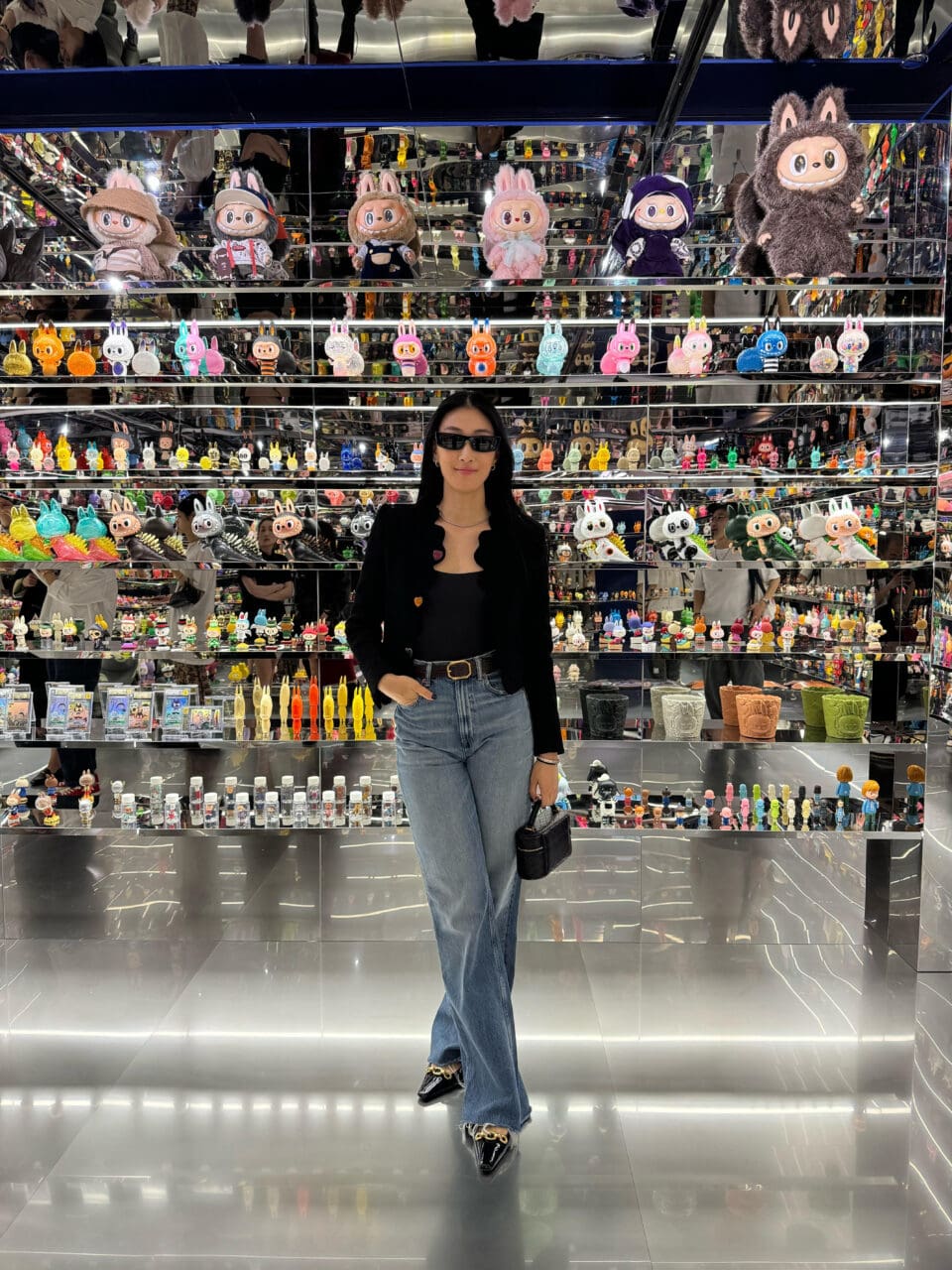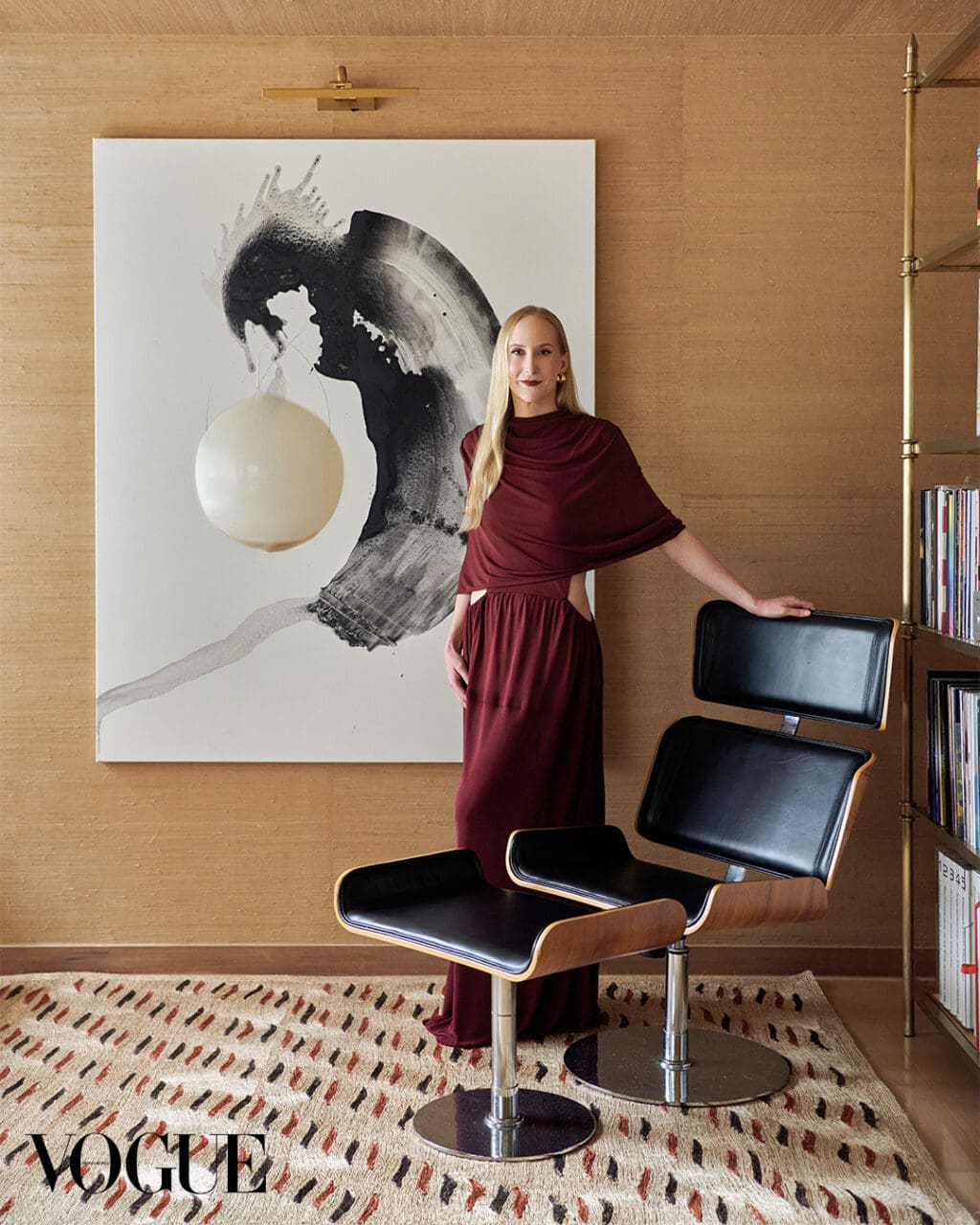With restrictions on social gatherings in Hong Kong, there comes as no better time to stay home. While many of us may have succumbed to a lazy phase of Deliveroo and Netflix outside of work-from-home hours, it’s nice to do a little home improvement, even if it’s a small task. Many have taken to baking and cooking, and for those who may not be as skilled in the kitchen (or have baked too many loaves of sourdough or banana bread), cleaning and organising is a great way to live a little lighter. And what better way than to start with your wardrobe?
Here are a few tips that will hopefully enable you to detox and declutter with ease.
START WITH A SECTION
It’s important to block out some time dedicated to the wardrobe clean out. It’s not necessarily vital to do it all in one go and you definitely shouldn’t feel the pressure to do so – maybe start with setting aside an hour here and there, and dedicate these pockets of time to a portion of your belongings. For me, I started with the less challenging sections, such as accessories, swimwear and handbags, and eventually worked my way up to the bigger categories (clothes- eek!). From there, take all the items of that category out and place them together (just like how Marie Kondo says…), and carefully sort them into different categories – what you want to keep, store, sell or donate. By taking everything out of your wardrobe, you may often rediscover things that have been tucked away in the back, so it’s always worth the effort!
THE GREAT DEBATE
Keep, store, sell or donate? This is a question you will be asking yourself over and over again. While a definitive answer may be hard to arrive at (especially when it comes to an item that holds a special memory or was for a special occasion), here are some points to consider when making the decision. Remember to always be honest with yourself! Have you worn the shirt in the past year? What about two years? Does that dress still fit you? If it doesn’t, can it be altered? Or is it realistic that you will get back to that size again? If that handbag was in stores right now, would you buy it? Can you style those trousers in a least a few different ways? When it comes to occasion wear, you may not get a chance to wear it as much, but can you see yourself wearing this gown or dress to a wedding or a black tie event, in the next year? If your answer is leaning towards a ‘no,’ then it might be time to part with it. If there are bulky items you don’t wear regularly or they are meant for different climates, set these aside as well.
ORGANISATION IS KEY: SYSTEM & TOOLS
When you’re placing things back in your wardrobe, it’s important to adopt an organisation system that makes sense to you. For me, tops are organised from sleeveless to short sleeve to long sleeve, and then further categorised by colour (from light to dark). Same goes for dresses, by hemlines. I organise handbags by size, so smaller styles go in drawers (evening bags together, belt bags and small shoulder bags grouped side by side), while bigger bags, such as totes, occupy a separate space.
Tools to stay organised should be considered as well. I would suggest investing in matching hangers, and if needed, clothing dividers, a label maker and clear, plastic organisers for accessories and fashion jewellery. I switched over to flat, velvet hangers (in black) a couple years ago, and I haven’t looked back. Other than special pieces that require a bit more support at the shoulders (like Chanel jackets, big shouldered coats), I keep everything hung on these hangers. I also rely on organisers for fashion jewellery and drawer dividers bought from The Container Store in the States a few years ago. If you’re looking for storage systems- Muji, Alibaba Express or TaoBao will have endless options.
HOW TO STORE, SELL AND DONATE
After you’ve determined what stays in your wardrobe, it’s time to sort out the pieces that won’t. And there are a few options when it comes to storing, selling and donating.
TO STORE
PAKT is a Hong Kong-founded wardrobe management platform that can make your clothing storage dreams come true. I used PAKT to store and digitise nearly half of my wardrobe when I was in-between apartments for renovations. And when I moved back, only roughly half of my items came back, as the rest (evening gowns, furs, skiwear, winter coats, chunky knitwear and even a few pairs of long boots) stayed in storage with PAKT. I rotate some pieces in and out when I may need them (evening gown for a formal occasion, coats for travel and snow gear for ski trips). PAKT offers a variety of services from cleaning to more simple storage options, and they can even help you consign your unwanted items to pre-loved selling platforms.
TO SELL
Vestiaire Collective and The Hula are both platforms that I use regularly to sell my pre-loved designer items. Vestiaire has a handy app in which I can take care of all of the selling arrangements from the comfort of my own home (uploading takes a bit of time, but once you get into the swing of things, you will develop a speedier system that works for you) while The Hula has a beautiful showroom in Wong Chuk Hang in which I drop stuff off to every few months. They take care of the selling and will deposit money straight into your account at the end of every month if pieces are bought.
TO DONATE
If you’d like to donate your designer items to charity, there’s a store in Central’s Melbourne Plaza called 2nd Time Around For A Good Cause, that is run by a group of volunteers. All proceeds from the sales of these designer goods are directed to people in need. Other donation platforms around town include The Salvation Army, Caritas, Castaways Charity Shop, Po Leung Kuk, Redress (at their collection points at the Gap stores in town), H&M, Friends of the Earth, Vision First, Crossroads Foundation, Christian Action and many more. Take some time and research their causes, there may be one charity that stands out to you.
Editor
Justine Lee





